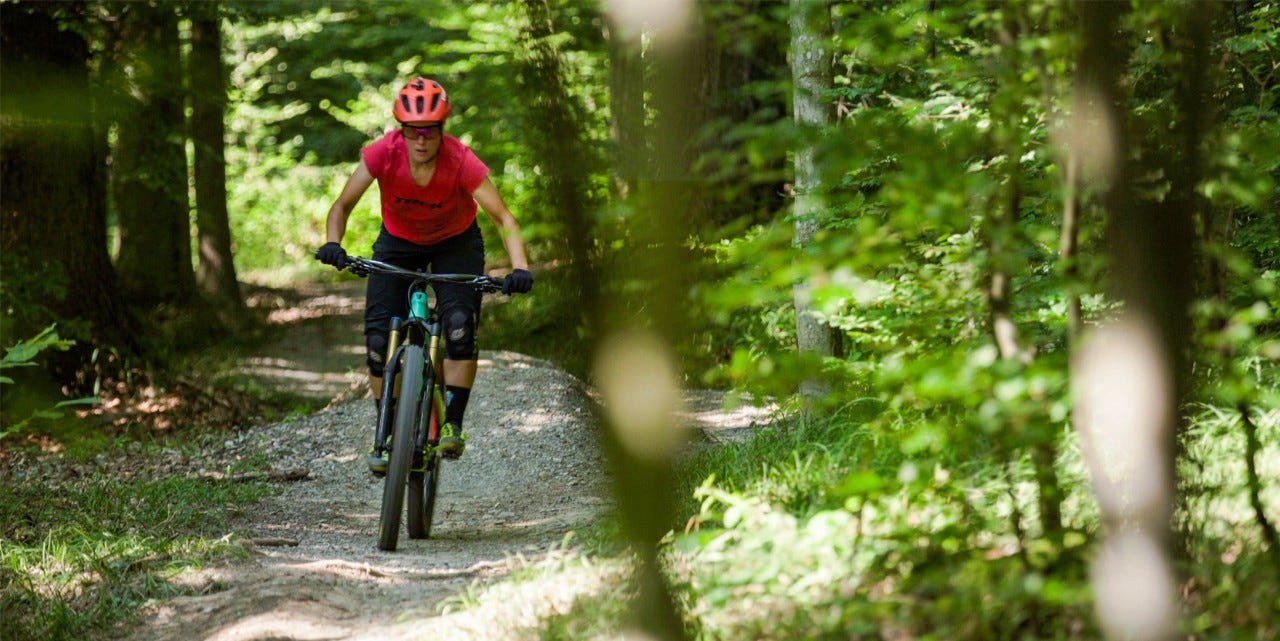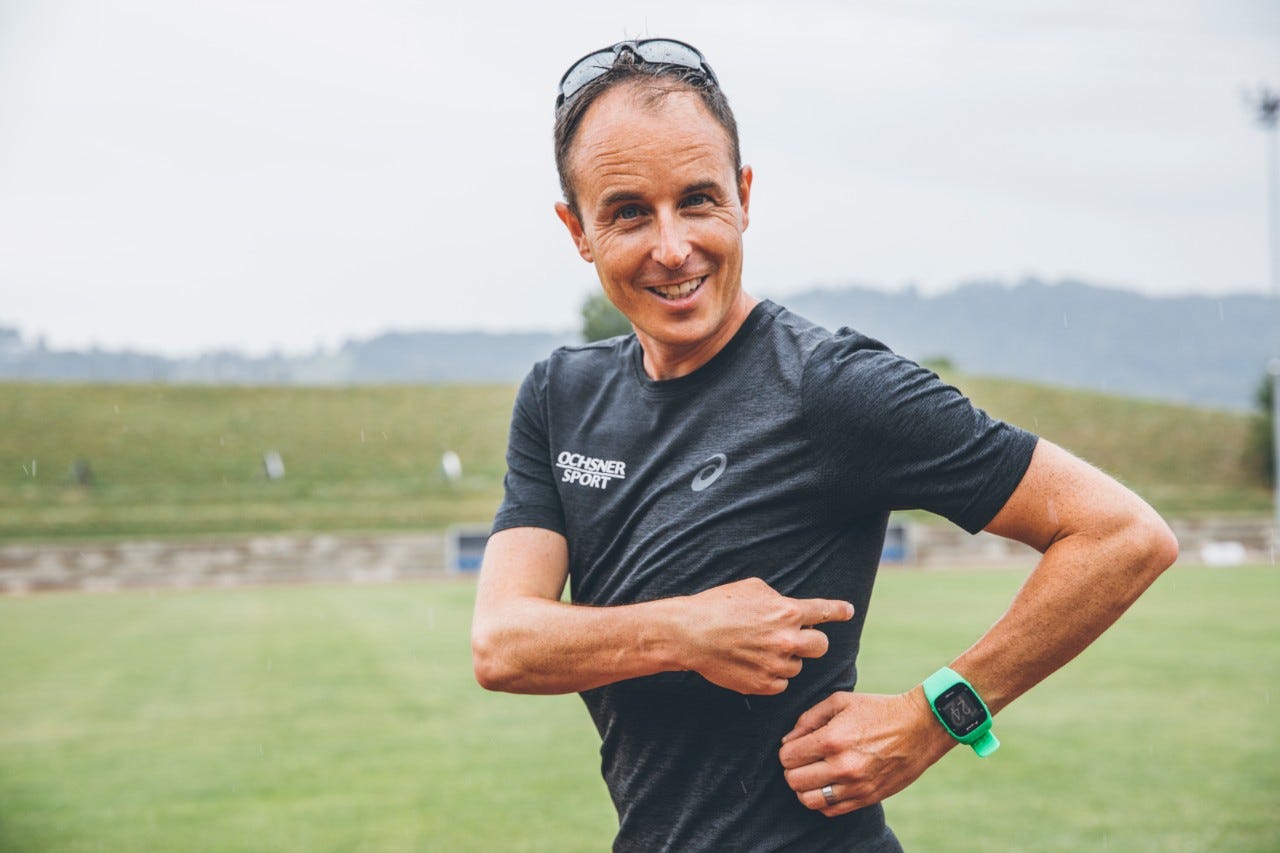You are what you wear
Whether it’s hot, cold, wet or windy, when it comes to running, there’s no such thing as bad weather, only unsuitable clothes.

As the name suggests, functional clothing has to function properly, giving the body the right amount of support in the right places. These days there are engineers, scientists, textile specialists and top athletes in myriad disciplines all trying to come up with the perfect sportswear. Their goal is to create textiles that respond to the body and the environment perfectly for greater comfort and performance. Running apparel also comes with a wide range of different functions, from breathable fabrics shielding you from the wind and rain to textiles offering UV and bacterial protection.
Regulating the temperature and managing sweat
One of the key tasks of functional clothing is to regulate body temperature efficiently. This is important because studies have shown that athletes use up to 97% of their energy to keep cool. Optimum sweat management is the key: rather than soaking up sweat, functional clothing uses breathable fabrics to efficiently transport it away from the skin so that it can evaporate.
This doesn’t just apply to shirts, jackets and trousers, but to socks as well. “Skimping on your socks is the biggest mistake you can make,” explains European champion marathon runner Viktor Röthlin. “Investing in special running socks is worth every penny.” Not just because they’re designed to fit perfectly, but also because every hour you jog each foot gives off up to 150 ml of perspiration, significantly increasing the risk of blisters. Good running socks rapidly remove this sweat from your feet.
“Skimping on your socks is the biggest mistake you can make.”
The good old layering principle
The most important layer is the one directly next to your skin. The best jacket’s no use if your underwear doesn’t function properly. The second layer deals with everything that comes from the outside, such as wind, water and sun. Even in the age of high-tech sportswear, the good old layering principle is as valid as it ever was. Most novice runners dress too warmly in cold weather and soon work up a heavy sweat. Remember it’s OK to feel slightly cold for the first few minutes of your run.
Care with special detergents
Functional textiles are made of special microfibres or hybrid fabrics. Normal detergents don’t really get them clean, and leave them smelling unpleasant even after washing. Special detergents for sports textiles keep clothes smelling fresh and functioning properly. Remember to follow the care instructions on the label.
Our clothing tip for hot weather
Moisten key areas of your clothes (for example the back, your headband or cap and your wristbands) before or immediately after putting them on. This way, your body will start cooling the moment you start running, and not just once your whole shirt is soaked in sweat. You’ll save a lot of energy!



